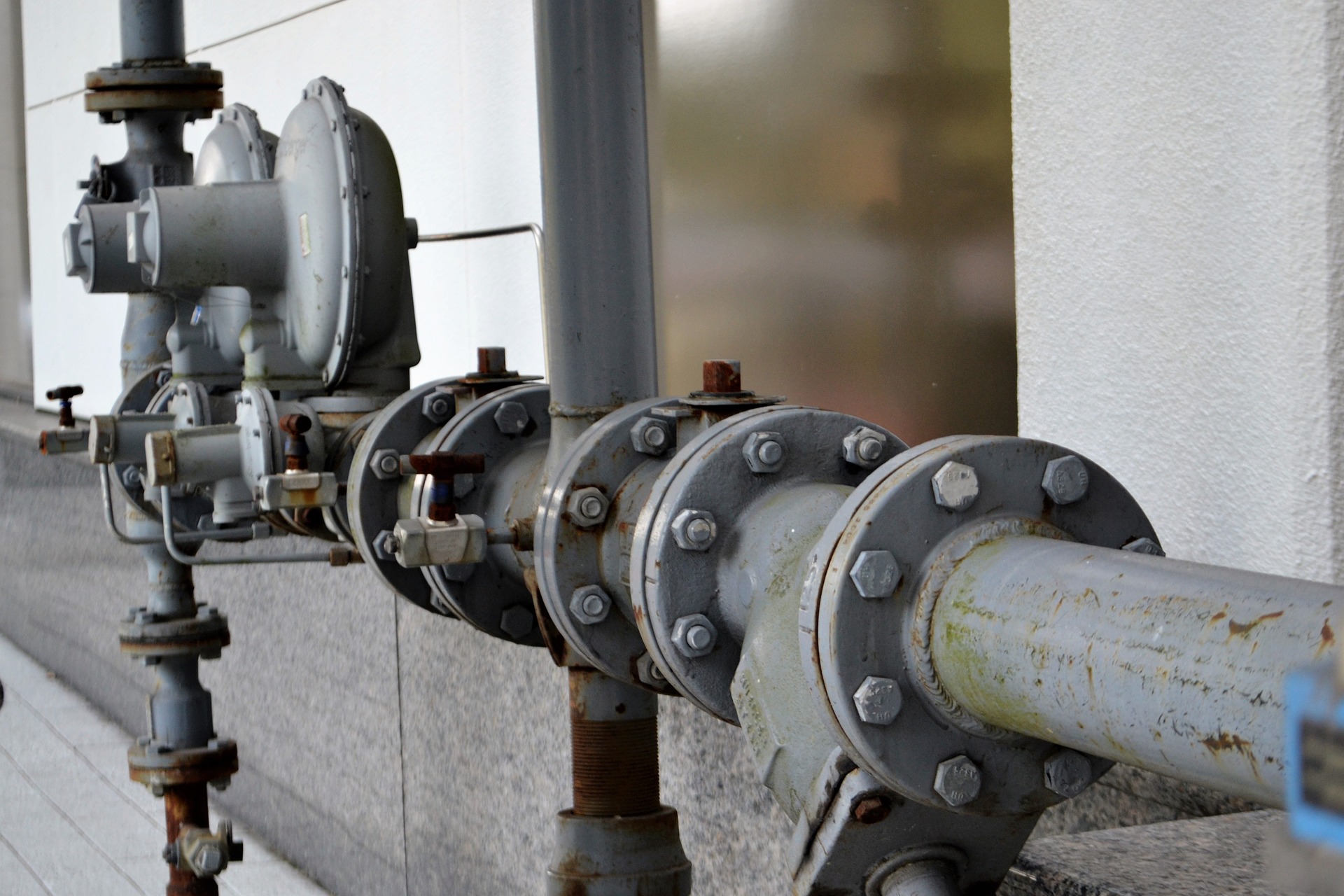One of the most common misconceptions among apartment dwellers is that they don’t know much about their Plumbing System. As a result, when issues do develop, it can be somewhat perplexing. Without a thorough understanding of how it works, this is impossible to determine if an issue is minor or urgent. Learning the fundamentals of apartment plumbing might help you determine whether to bring in a professional plumber and which company to use.
The Basics of Residential Plumbing:
There are two types of apartment buildings: multi-story homes and multiple-family housing. When it comes to plumbing, “multi-story” refers to structures that are too tall to be serviced by the municipal water system’s pressure. This type of vertical construction necessitates installing systems that can reach all of the apartments on each floor. Look at how a home’s Plumbing System works to understand better how it works in multi-family housing. There are distinct units in many dwellings. However, they don’t experience the same water pressure concerns.

How to Fix a Leak in a Toilet:
There are two distinct pipe subsystems in any Plumbing System. Freshwater is brought into the house by one, while wastewater is removed by the other. The freshwater system takes advantage of pressure to circulate water throughout the building’s interior. Since wastewater goes down and out of the building, it is unnecessary to apply pressure to the wastewater system.
Drainage pipes are oriented downward to allow the wastewater to flow through them. Air is introduced into the wastewater system via vents, allowing for easier drainage. It is sealed with traps to prevent anything from moving back up after being flushed down the drain. Individual shut-off valves allow you to stop the flow of water while you work on an issue.

A water meter is also a part of these systems. The faucets automatically dispense cold water. It is heated in a heater before being used to make hot water. However, in a house, the system functions differently than in an apartment. Let’s dig a little more into the Plumbing System in an apartment.
Towering Structures:
On the other hand, a high-rise residential complex has a different perspective because of the additional levels.
Drainage:
Branch lines, vertical stacks, and horizontal underground lines are all types of plumbing drainage systems found in large structures. Vertical stacks are used to transport materials from the ground level or cellar to the roof. Stacks for garbage, dirt, and drainage are a few examples. “Clean Water Fixtures” like showers and sinks are protected by waste stacks that divert water from them. They are installed beneath urinals and other plumbing devices to channel water away from the fixtures.
Vent stacks provide airflow assistance for the Plumbing System, not natural water movement. Each unit is connected to the others using branch lines that run between the vertical stacks of the building. They carry the sewage to the appropriate vertical stack using this method of transportation. Garbage goes from branch lines to horizontal lines to reach them. The building’s wastewater is sent to the local waste system via horizontal underground lines beneath the structure.

Pressure:
Getting enough water pressure to each apartment in a multi-story building is a significant difficulty. In some cases, gravity-based roof tanks are used, which pump water from storage tanks on the ground level or in the basement to the upper floors. In the roof tank, gravity aids in the water’s movement down to each unit.
Another Plumbing System uses booster pumps to raise the water pressure in the tanks or the municipal supply. These can increase the pressure in the system. Finally, in some multi-story systems, hydro-pneumatic storage tanks are employed as a last resort. These hydro-pneumatic storage tanks use air pressure to help transfer water from the municipal supply or storage tanks to where it is needed.

